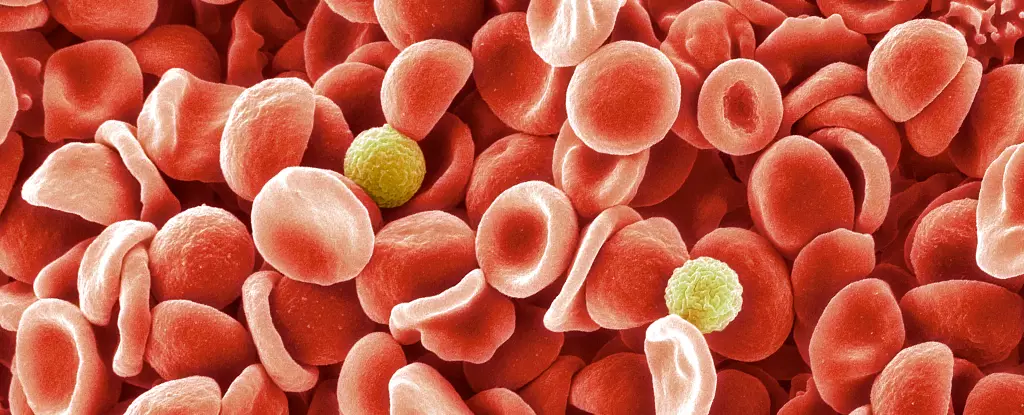The world of blood science has long been dominated by established blood group systems like ABO and Rh, but an extraordinary discovery has cast a spotlight on the complexities hidden within our biology. In a landmark revelation, researchers from the UK and Israel have unveiled a previously unknown blood group system—dubbed the MAL blood group system—escalating our understanding of human genetics and the intricacies of blood transfusion safety. This breakthrough was triggered by a peculiar case dating back to 1972, wherein a pregnant woman’s blood sample revealed a crucial surface molecule entirely absent from her red blood cells. Such a finding, almost unheard of in the realm of hematology, posed the question: What implications does this absence hold for both individuals and the medical field at large?
Over the years, it became clear that this anomaly would require a tireless effort from dedicated researchers like Louise Tilley, a hematologist with nearly two decades of investment into unraveling this mystery. It is not merely an academic exercise; the implications extend profoundly to patient care, particularly for those with rare blood types. The medical community often views such discoveries as pivotal moments in the quest to ensure that every individual receives the safe and effective treatment they deserve.
The Biochemical Enigma of Blood Types
Blood, with its variety of surface proteins and sugars, acts as a complex identity system, distinguishing “self” from “non-self.” This concept becomes critically important during blood transfusions, where mismatches in blood types can lead to devastating consequences. As many have experienced the benefits of blood donation, the importance of safe and compatible blood transfusions cannot be overstated. Any new addition to our understanding of blood group systems expands the horizons for hematology and patient treatment.
The newly identified MAL blood group system is a testament to the intricate nature of our genetic makeup. The absence of the AnWj antigen in individuals with the MAL mutation forms the backbone of this discovery. The research indicates that a genetic mutation affecting both copies of the MAL gene can lead to a rare blood type, presenting a unique challenge for diagnosis and treatment. It’s a compelling reminder that our biological systems are sensitive to even the subtlest genetic changes, and that staying ahead in the realm of genetics can mean the difference between life and death.
The Challenges of Rare Blood Disorders
Despite the advancements in medicine, the rarity of certain genetic conditions complicates research efforts. Tilley pointed out that over 99.9% of the population possesses the AnWj antigen, which means the study of rare anomalies like the MAL group often gets overshadowed by more prevalent conditions. This creates a divergence in medical resources and interest, highlighting the necessity for continued investment in research focused on less common blood types.
The identification of three patients who exhibit a unique AnWj-negative status without the known mutation raises intriguing questions regarding blood disorders. It hints at the potential for suppressed antigens in other medical conditions, thereby emphasizing the need for comprehensive screening processes that can catch these subtleties. The finding is not only a scientific curiosity but also a hallmark of the innovative pursuit within the field of genetics and hematology.
The Road Ahead: Implications for Patient Care
With greater understanding comes greater responsibility. The research team’s success in pinning down the genetic markers related to the MAL blood group aids in future patient testing, offering insights into whether their blood type is a result of genetic inheritance or suppression. This knowledge could hold the key to diagnosing underlying medical conditions linked with this rare blood type. Such advancements underscore the efficacy of modern science in not just treating patients but empowering them to become proactive participants in their healthcare journeys.
The potential implications for those on the fringe of traditional healthcare—individuals with rare blood types—are profound. As researchers continue to navigate the complexities of blood group systems, every new discovery like the MAL blood group system serves a vital purpose, paving the way for enhanced medical protocols that could save lives and offer hope to those previously thought to be beyond the reach of standard treatments. This is not just a revelation about blood types; it is a resounding call to action in medical research and public health advocacy alike.

